
Here's some of what is coming soon to NeurologyLive® this week.
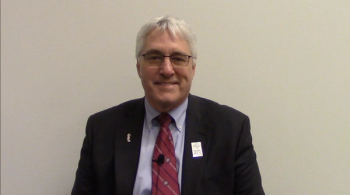
The professor of neurology at Washington University in St. Louis, and the president of the American Epilepsy Society, shared his perspective on John Hughlings Jackson’s observations of epilepsy in the brain and how it can inform modern practice. [WATCH TIME: 5 minutes]

A survey conducted in conjunction with the Dravet Syndrome Foundation suggests that many patients with DS do not undergo the transition of care from pediatric to adult neurology providers, with caregivers of those who did expressing some concerns about the process.

Recent findings presented in a poster at the 2022 AES revealed that higher mortality and shorter lifespans were associated with patients with dementia who have active seizures.
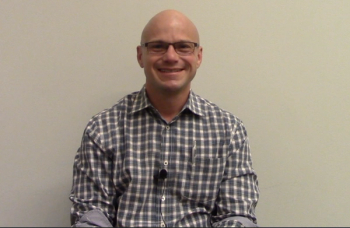
The assistant professor in the department of pharmacology and chemical biology at Emory University School of Medicine spoke about immune cells in epilepsy based on his special lecture at the 2022 AES Annual Meeting. [WATCH TIME: 4 minutes]

A retrospective observation study presented as a poster at the 2022 AES annual meeting revealed that youth with focal epilepsy were more at risk for suicidal ideation when there is a delay in receiving a diagnosis.

Data from the Pediatric Epilepsy Learning Healthcare System suggest that a variety of factors—including age, preference, insurance, and demographics—affect physician selection of antiseizure medications, with little standardization among this population.

Test your neurology knowledge with NeurologyLive®'s weekly quiz series, featuring questions on a variety of clinical and historical neurology topics. This week's topic is the history of the American Epilepsy Society.

The associate clinical professor of neurology at OSU Wexner Medical Center discussed the state of interdisciplinary care for individuals with epilepsy, and how these care teams operate. [WATCH TIME: 2 minutes]

Data from the BUTTERFLY study of 36 children with Dravet syndrome have provided 12-month measurements of neurodevelopment, clinical status, quality of life, and executive function. Investigators expressed that these data will help inform future trial outcome measures.

Zachary Grinspan, MD, MS, a pediatric epilepsy specialist at Weill Cornell Medicine, in New York City, spoke about the analysis of large amounts of data on pediatric epilepsy at the 2022 American Epilepsy Society Annual Meeting.
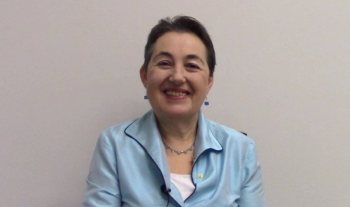
The professor of neurology at NYU Grossman School of Medicine and chief medical officer of the Epilepsy Foundation discussed the critical need to ensure the proper classification of seizures when enrolling patients in clinical trials. [WATCH TIME: 4 minutes]
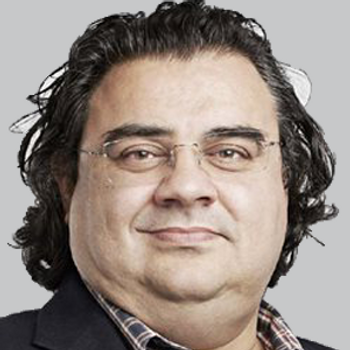
Over a 12-week treatment period, investigators found no significant differences in mean Cohen Mansfield Agitation Inventory scores between mirtazapine and placebo, with similar rates in adverse events.
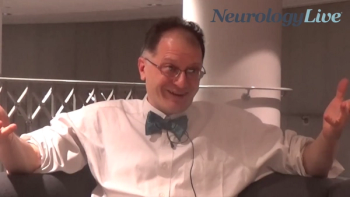
The senior research scientist at the Institute for Systems Biology spoke about changing the perception of clinical trials for Alzheimer disease research based on the COCOA trial presented at the 2022 CTAD conference. [WATCH TIME: 2 minutes]

Take 5 minutes to catch up on NeurologyLive®'s highlights from the week ending December 2, 2022.

Across 3 trials in patients with Alzheimer disease agitation, brexpiprazole doses of 2 or 3 mg/day was safe and showed a statistically significant improvement vs placebo in agitation.
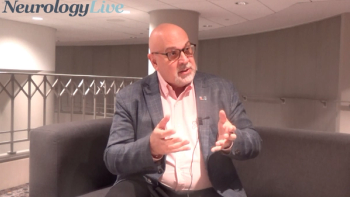
The director of the Comprehensive Center for Brain Health at the University of Miami Miller School of Medicine discussed the treatment differences and unmet needs between dementia with Lewy bodies and Alzheimer disease. [WATCH TIME: 4 minutes]
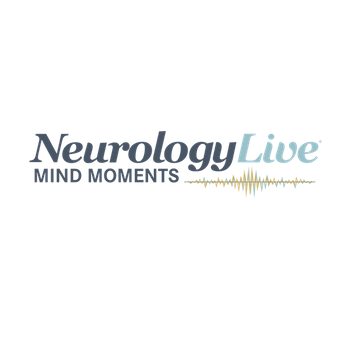
Mind Moments®, a podcast from NeurologyLive®, brings you an exclusive interview with Jay Alberts, PhD. [LISTEN TIME: 27 minutes]

The senior research scientist at the Institute for Systems Biology spoke about his presentation on multimodal clinical and lifestyle interventions that improve cognitive outcomes at the 2022 CTAD conference. [WATCH TIME: 4 minutes]

Over a 12-week treatment period, irsenontrine was well tolerated across both amyloid positive and negative patients, with no significant difference in pharmacodynamic responses or change in central nervous system biomarkers.

The president and CEO, as well as the executive vice president and chief research officer, of MDA, together offered an in-depth overview of what to expect from the 2023 MDA Conference, which will be held from March 19-22, 2023, in Dallas, Texas. [WATCH TIME: 12 minutes]

The senior physician and head of the Multiple Sclerosis Centre at University Hospital Basel spoke about his partnership with Octave and their work assessing and validating biomarkers for use in multiple sclerosis. [WATCH TIME: 4 minutes]

Results from a longitudinal study suggest that higher proportions of subjective memory decline are associated with insomnia disorder in middle-aged and older adults.

Over a 6-month period, percent change and mean change in brain amyloid levels significantly favored donanemab over aducanumab (Aduhelm; Biogen).

An ongoing phase 1b/2a clinical trial showed that both the ACI-35.030 and JACI-35.054 vaccines are safe as a treatment for patients in the earlier stages of Alzheimer disease, the authors suggested ACI-35.030 suggested as the superior vaccine candidate.
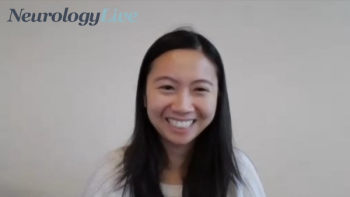
The neuropsychologist at Rutgers University spoke about her recently awarded NIH grant to study the impact of health and lifestyle behaviors in individuals with MS. [WATCH TIME: 3 minutes]

The PDUFA date for SRP-9001, developed in partnership between Sarepta and Roche, is set for May 29, 2023. The BLA was submitted for accelerated approval.
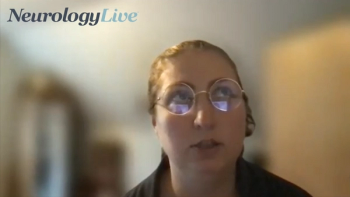
The assistant professor, Rutgers University, New Brunswick, New Jersey, offers an overview on her ongoing lab project about a music-based intervention to improve insomnia in dementia and caregivers. [WATCH TIME: 3 minutes]

The associate professor of neurology at the Cleveland Clinic Lerner College of Medicine provided background on incorporation of real-world methods to optimize treatment selection for multiple sclerosis.

In the pivotal phase 3 Clarity AD trial, lecanemab (Biogen) demonstrated significant impacts on primary and secondary end points, with additional promising results on biomarker analyses and safety.